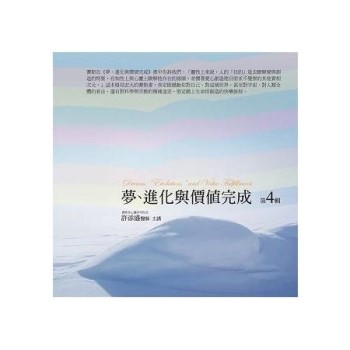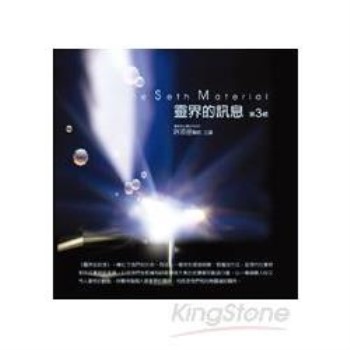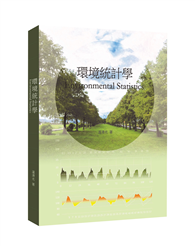Among the wide range of raw materials used to produce ethanol, sorghum is the crop that stands out in terms of productivity when compared to sugar cane. With its high levels of fermentable sugars, rapid reproductive cycle, ease of mechanisation and harvesting that can be brought forward by up to four months compared to sugar cane, this crop stands out from other raw materials. In addition, sorghum can be used to supply raw materials during the off-season at sugar and alcohol mills, supporting national ethanol production. The use of plant regulators in cultivars has the function of altering the physiology and morphology of plants, causing quantitative and qualitative changes in their formation. The aim of this book is therefore to develop a study on the cultivation of sugar sorghum and the application of plant regulators, obtaining a survey through bibliographical works of the main concepts for improving crop production, taking sugar cane as a reference, with a view to improving productivity.
| FindBook |
有 1 項符合
Influence of plant regulators on sugar sorghum cultivation的圖書 |
 |
Influence of plant regulators on sugar sorghum cultivation 作者:Greco Ferreira 出版社:Our Knowledge Publishing 出版日期:2024-07-30 語言:英文 規格:平裝 / 52頁 / 22.86 x 15.24 x 0.3 cm / 普通級/ 初版 |
| 圖書館借閱 |
| 國家圖書館 | 全國圖書書目資訊網 | 國立公共資訊圖書館 | 電子書服務平台 | MetaCat 跨館整合查詢 |
| 臺北市立圖書館 | 新北市立圖書館 | 基隆市公共圖書館 | 桃園市立圖書館 | 新竹縣公共圖書館 |
| 苗栗縣立圖書館 | 臺中市立圖書館 | 彰化縣公共圖書館 | 南投縣文化局 | 雲林縣公共圖書館 |
| 嘉義縣圖書館 | 臺南市立圖書館 | 高雄市立圖書館 | 屏東縣公共圖書館 | 宜蘭縣公共圖書館 |
| 花蓮縣文化局 | 臺東縣文化處 |
|
|
圖書介紹 - 資料來源:博客來 評分:
圖書名稱:Influence of plant regulators on sugar sorghum cultivation
|







![塔木德:猶太人的致富聖經[修訂版]:1000多年來帶領猶太人快速累積財富的神祕經典 塔木德:猶太人的致富聖經[修訂版]:1000多年來帶領猶太人快速累積財富的神祕經典](https://media.taaze.tw/showLargeImage.html?sc=11100697818)



